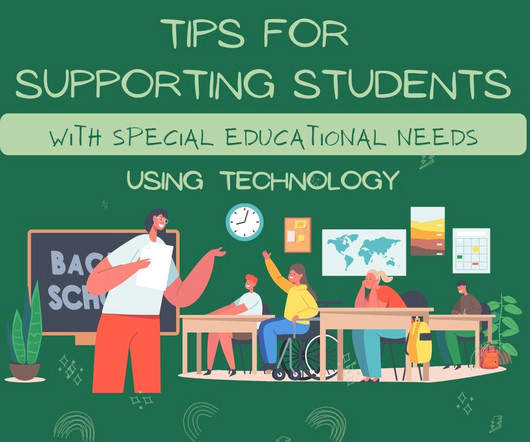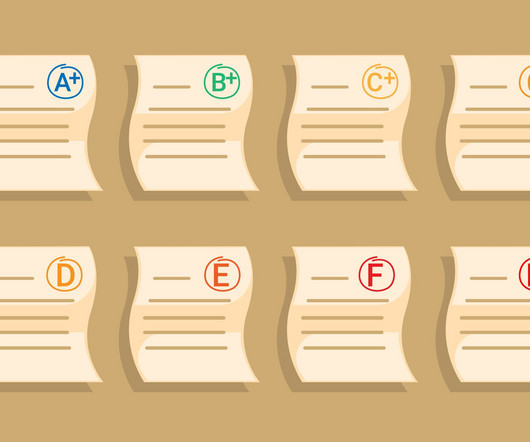7 ways AI will make a positive impact on classroom teaching
eSchool News
AUGUST 14, 2024
By analyzing patterns in students’ grades, attendance, participation, and other behavioral indicators, AI algorithms can predict potential academic risks and learning disabilities. Immersive scenario-based learning : AI can create realistic and interactive scenarios for students to explore, making learning more engaging and effective.














Let's personalize your content